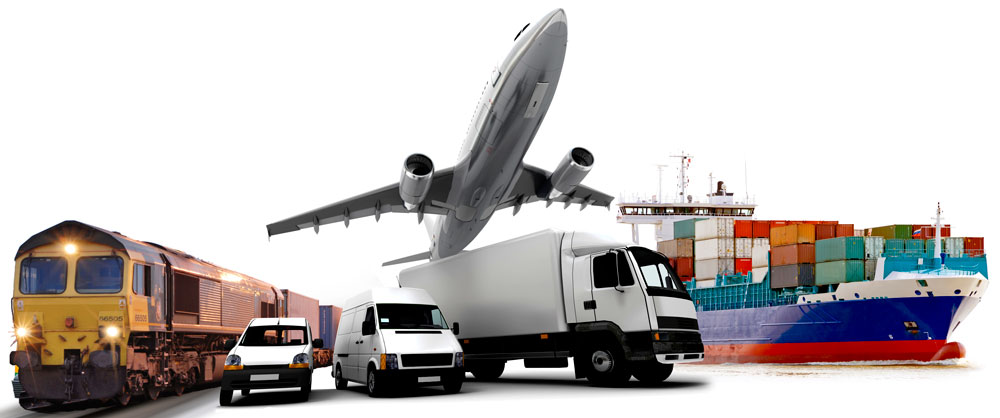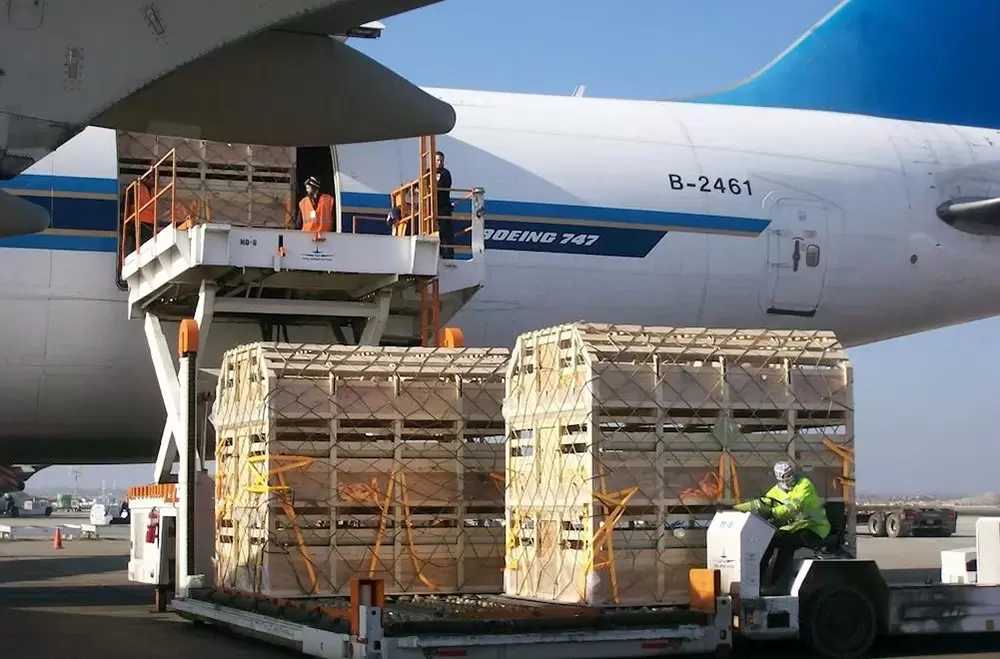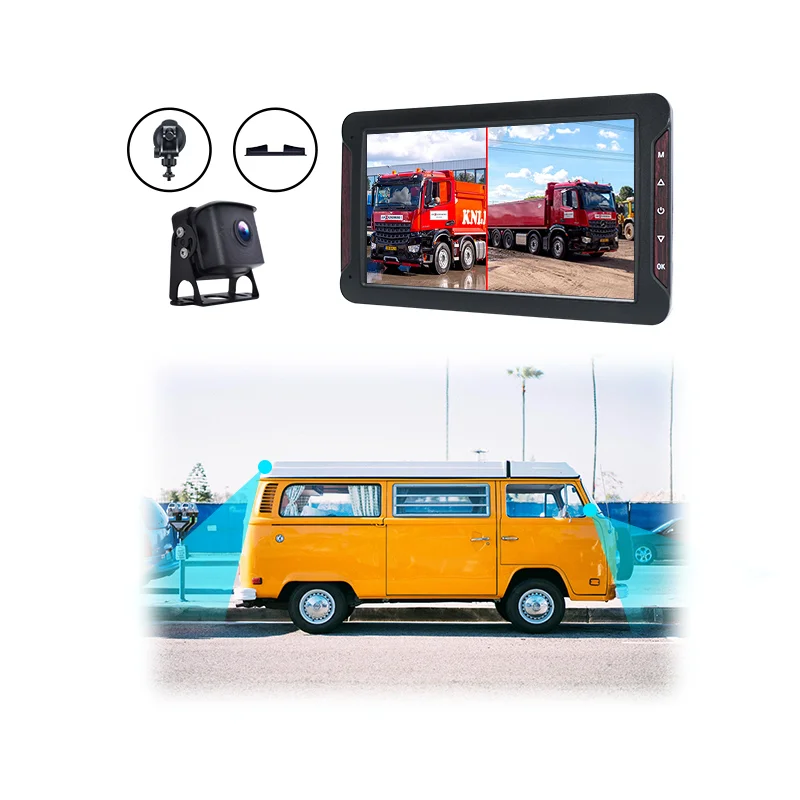Unraveling Simplicity: A Deep Dive into the World's Simplest Transport Systems

In the realm of transportation, complexity often equates to efficiency. However, the beauty of simplicity should not be overlooked. The simplest transport systems, while often overlooked, play a crucial role in our daily lives. This article aims to delve into the concept of simplicity in transportation, exploring its various facets and implications in the modern world.
The simplest transport system, in its most basic form, can be defined as the most straightforward means of moving people or goods from one place to another. This could range from human-powered methods such as walking or cycling, to animal-powered systems like horse-drawn carriages, and even to basic mechanical systems like the wheelbarrow.
However, simplicity in transportation is not merely about the physical means of transport. It also encompasses the infrastructure, the operational mechanisms, and the regulatory frameworks that govern these systems. In this context, the simplest transport system could be something as rudimentary as a footpath, a bicycle lane, or a single-track railway.
One of the most iconic examples of a simple transport system is the 'dabbawala' system in Mumbai, India. This system, which involves the delivery of lunch boxes from homes to offices, relies on human labor and public transportation. Despite its simplicity, the dabbawala system is renowned for its efficiency and reliability, demonstrating that simplicity does not necessarily compromise effectiveness.
In the realm of public transportation, bus systems are often considered the simplest form of mass transit. They require less infrastructure than rail systems, are more flexible in terms of routes and schedules, and are generally more cost-effective. However, the simplicity of bus systems can also be a disadvantage, as they are more susceptible to traffic congestion and delays.
In the digital age, the concept of simplicity in transportation has taken on new dimensions. Ride-sharing apps like Uber and Lyft have simplified the process of hailing a ride, while bike-sharing programs have made cycling more accessible in urban areas. These systems, while technologically advanced, are simple in their operation and user interface, making them popular among consumers.
The future of transportation also promises more simplicity. Autonomous vehicles, for example, aim to simplify the driving process by eliminating the need for human intervention. Similarly, the concept of Mobility as a Service (MaaS) seeks to simplify transportation by integrating various forms of transport services into a single, accessible platform.
In conclusion, the simplest transport systems are not necessarily the most primitive or basic. They are systems that, despite their simplicity, effectively fulfill their purpose of moving people or goods efficiently. As we move towards a more connected and automated future, the pursuit of simplicity in transportation will continue to drive innovation and progress.

